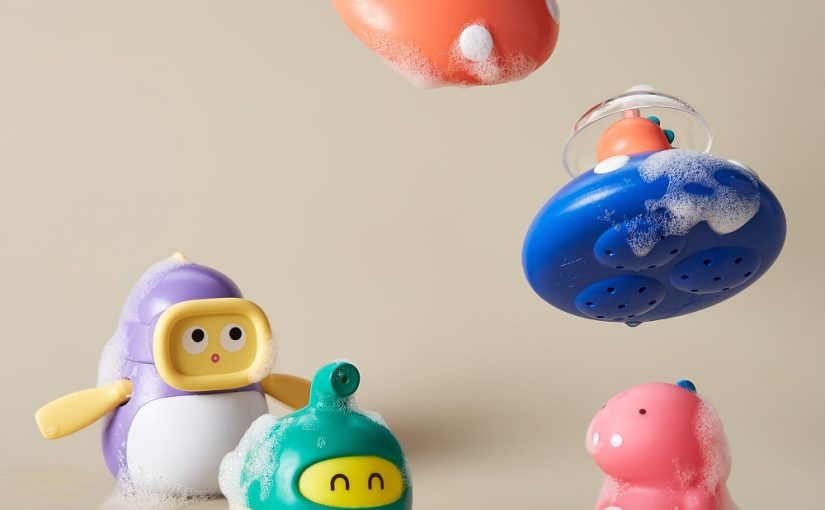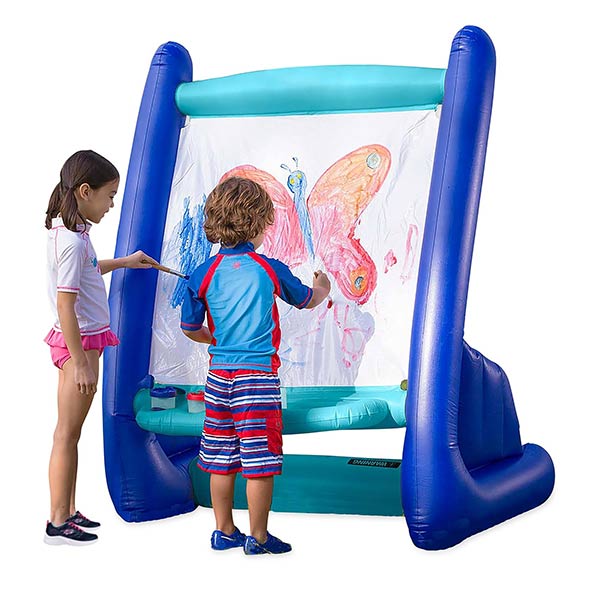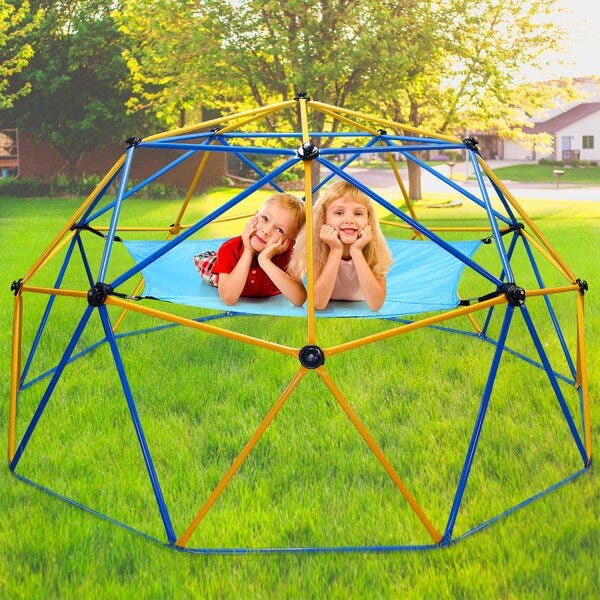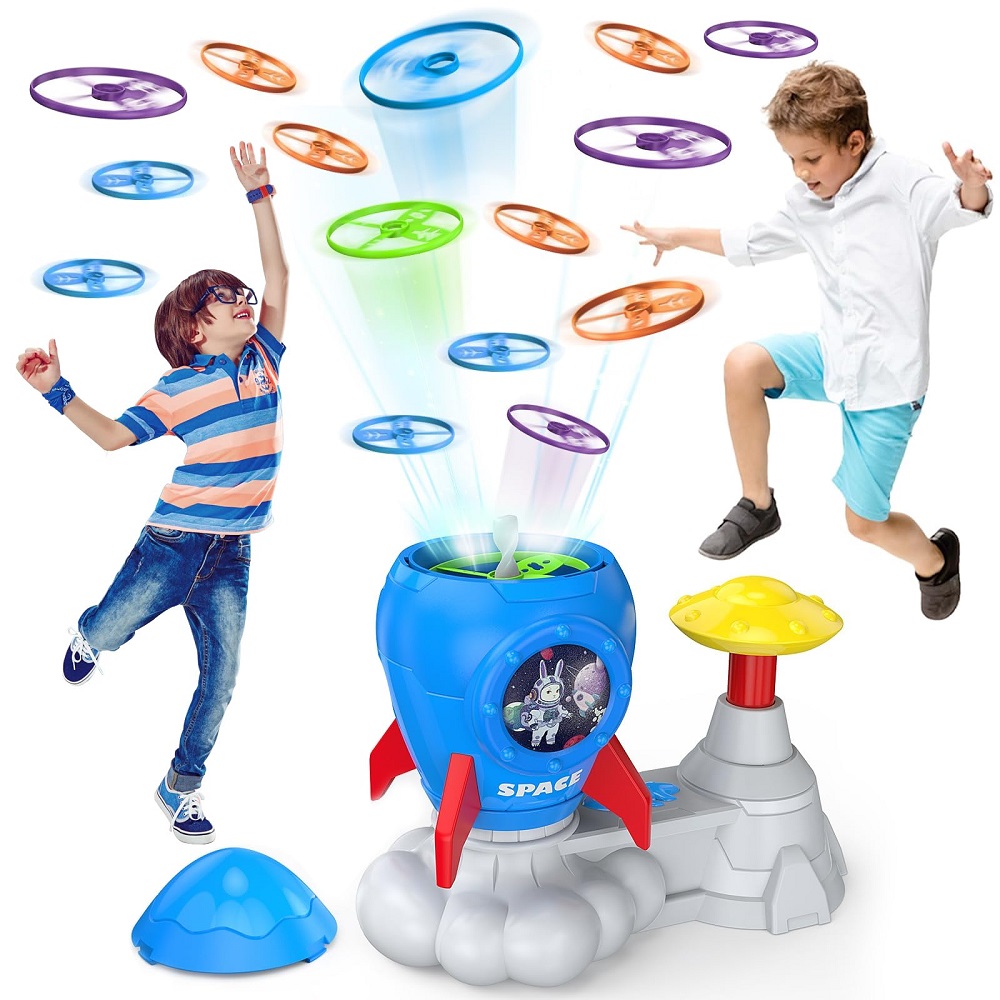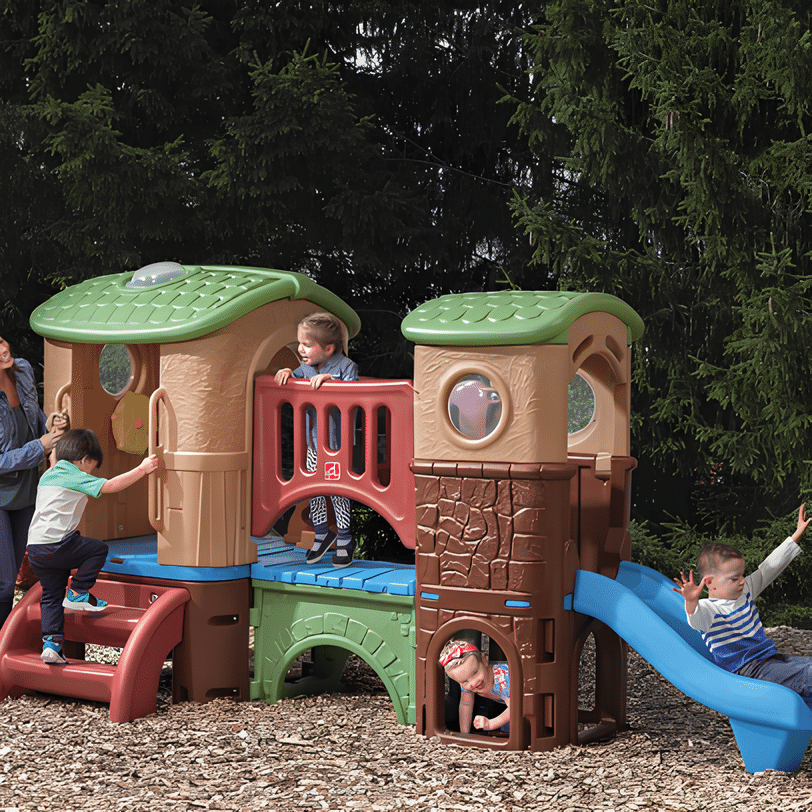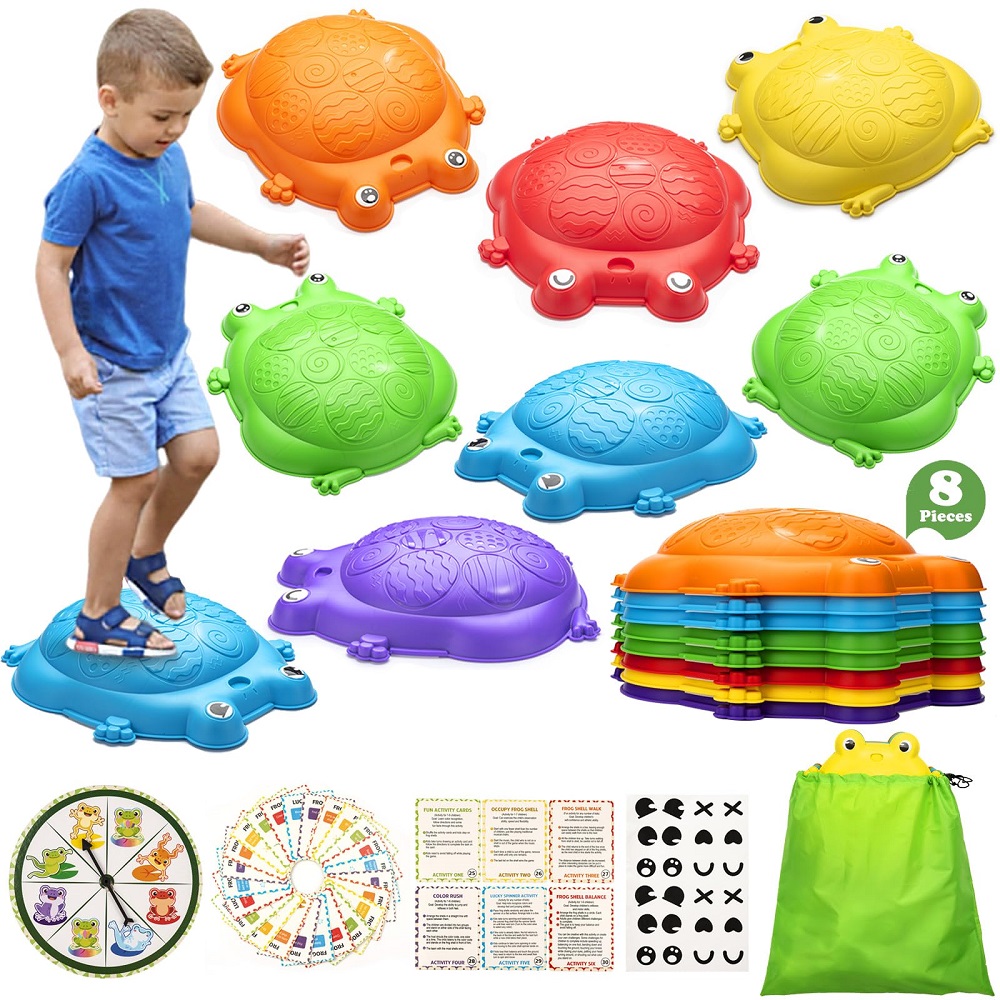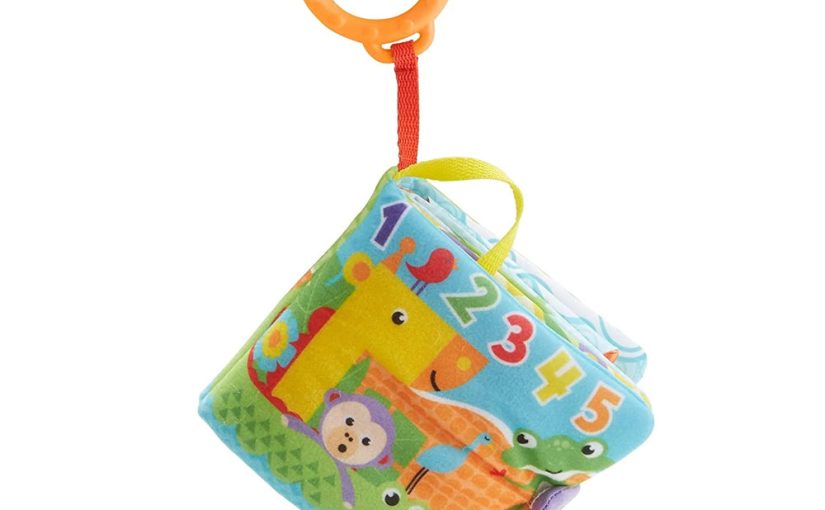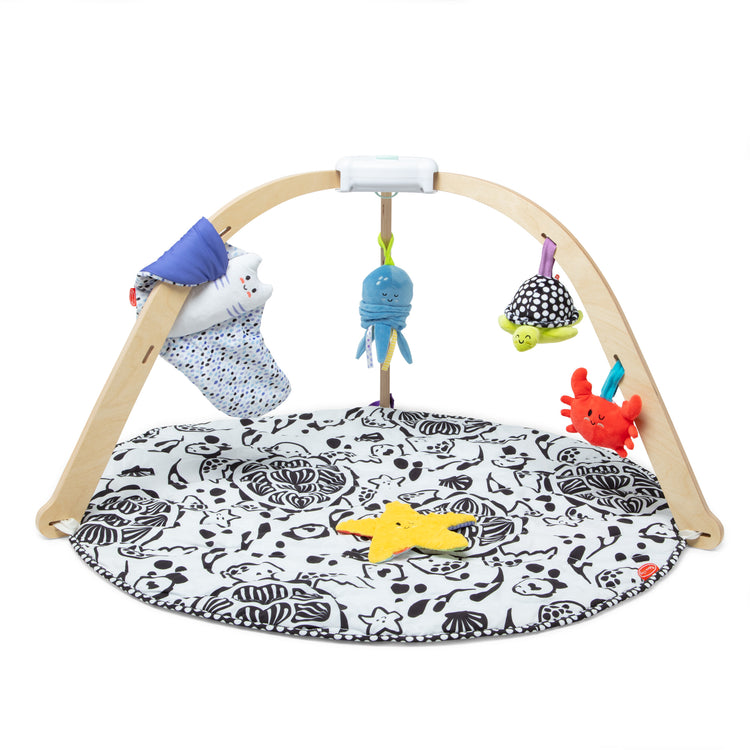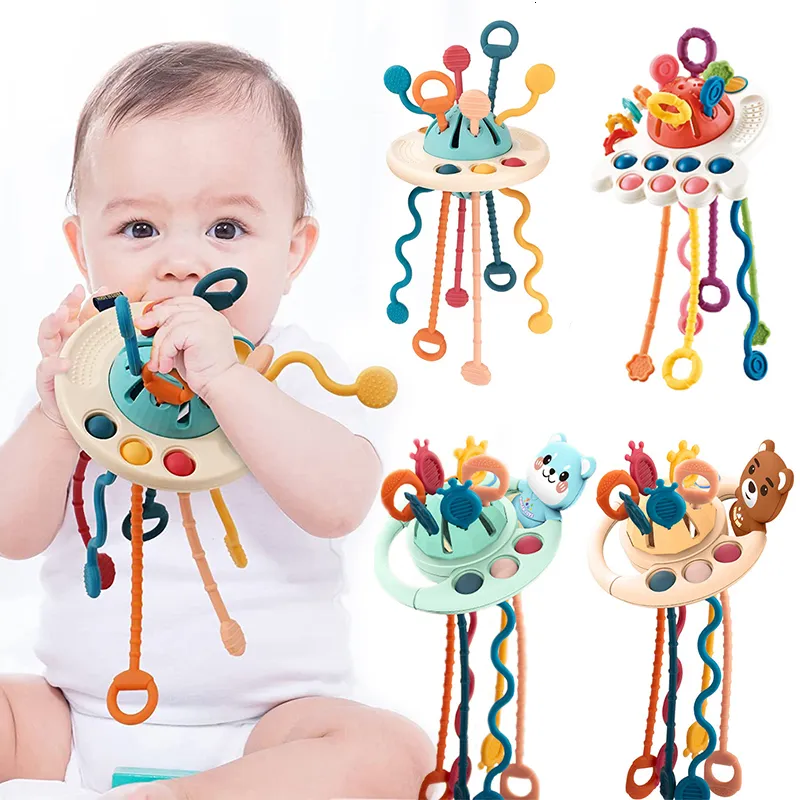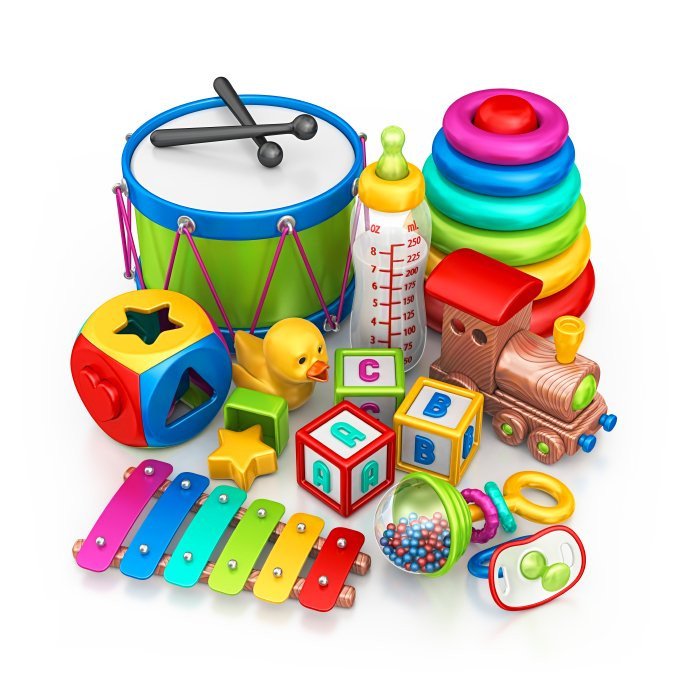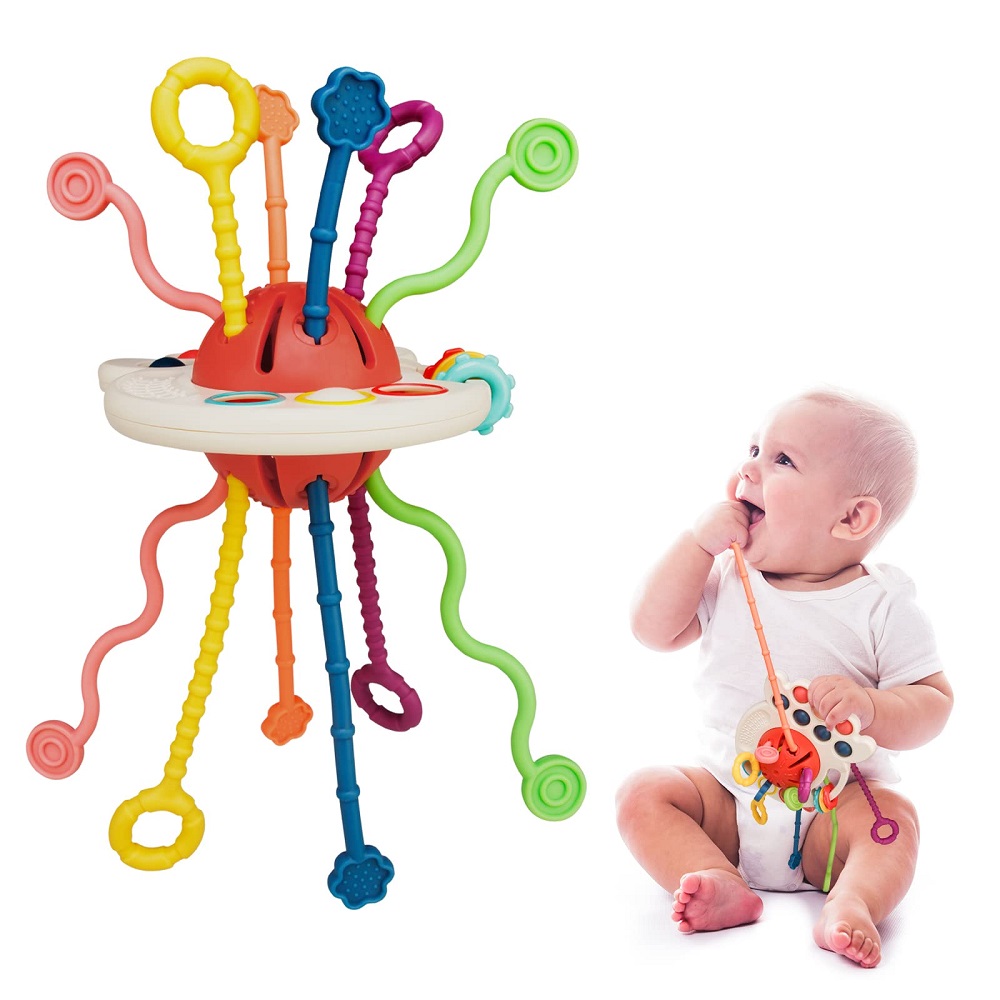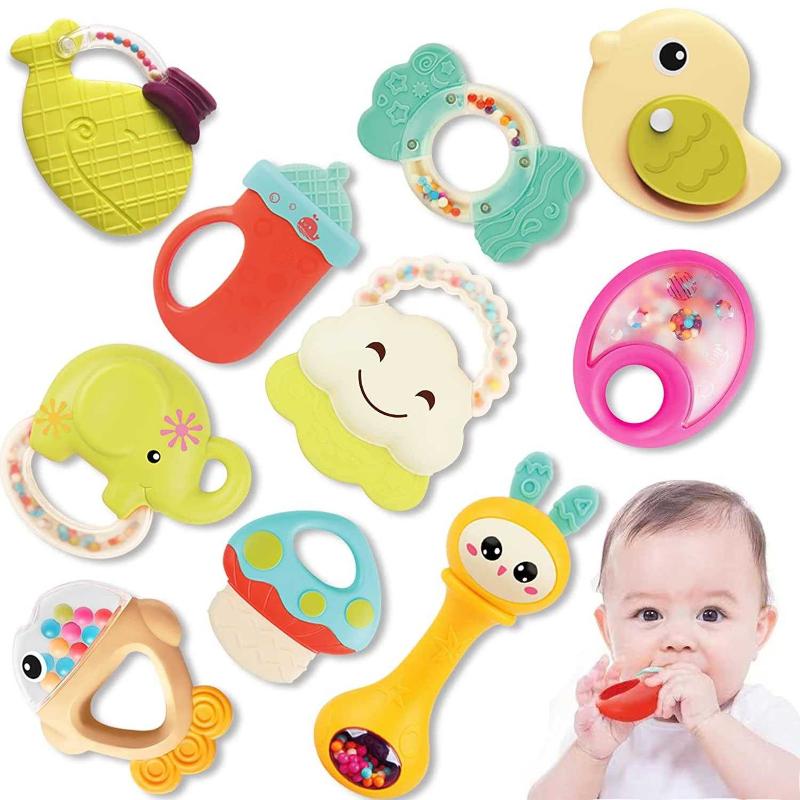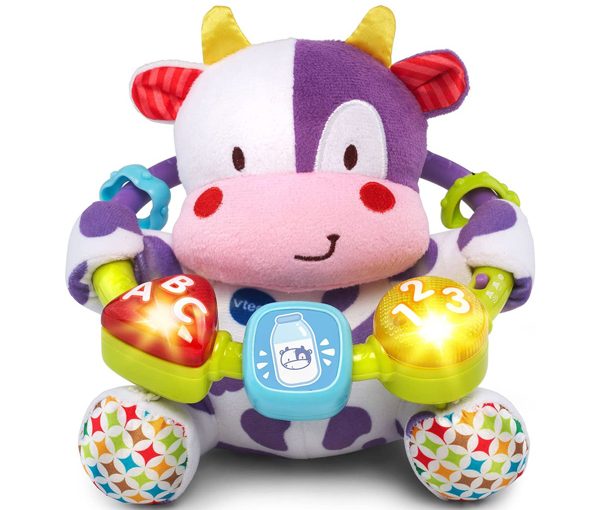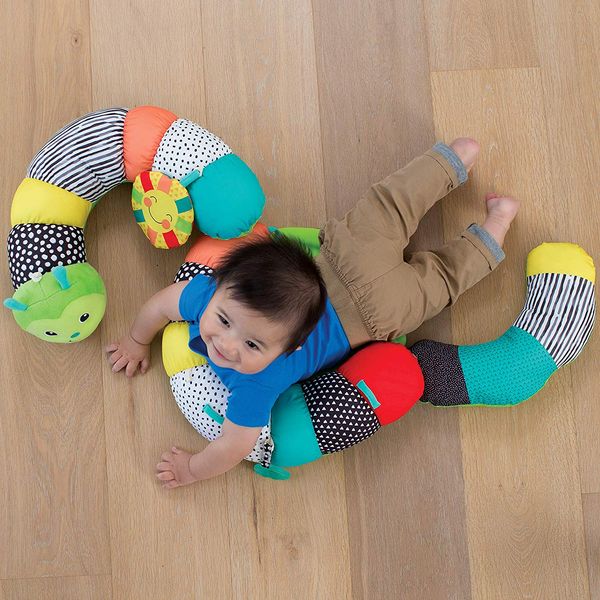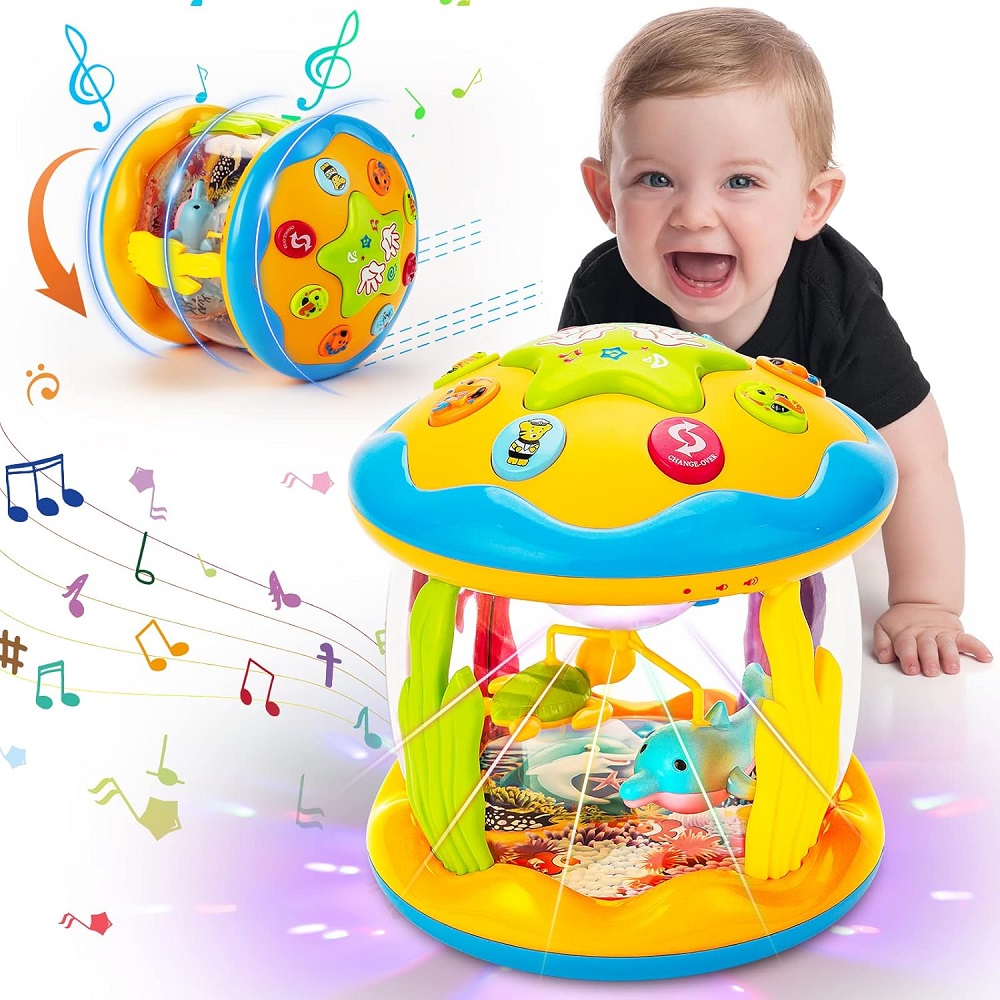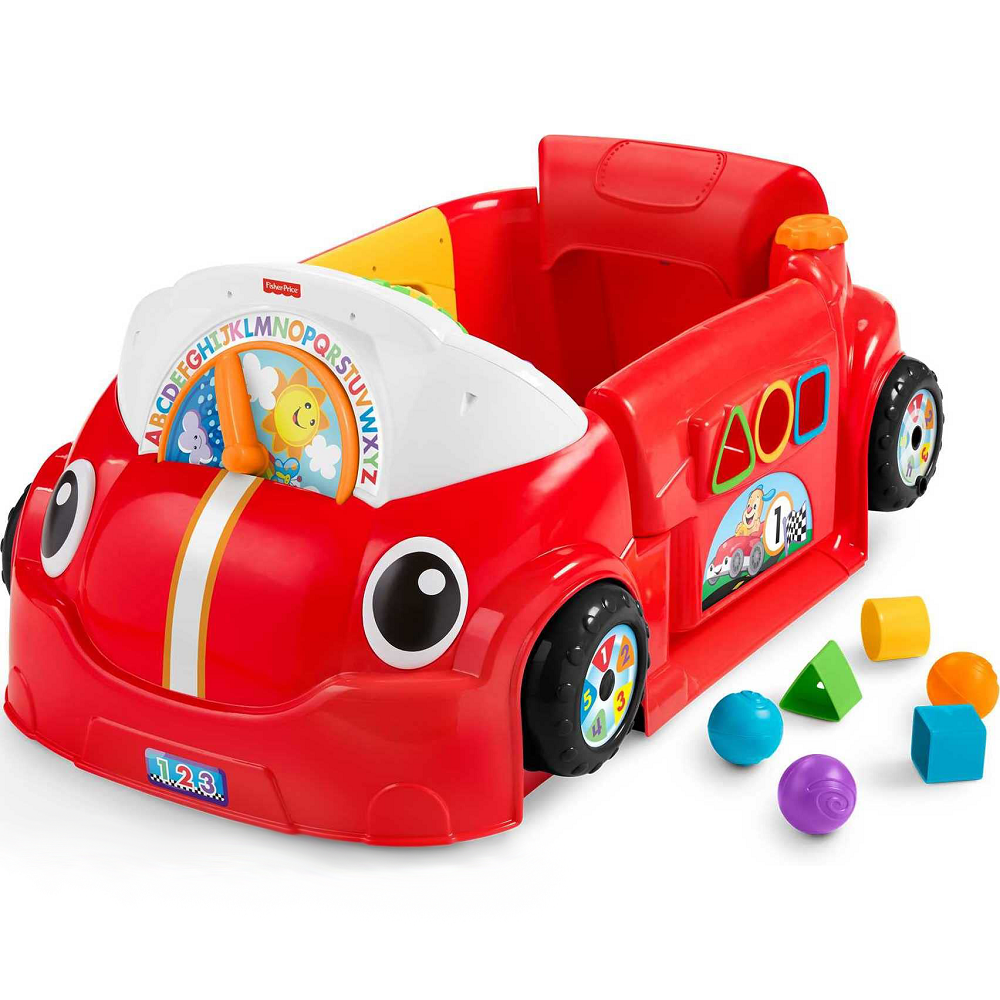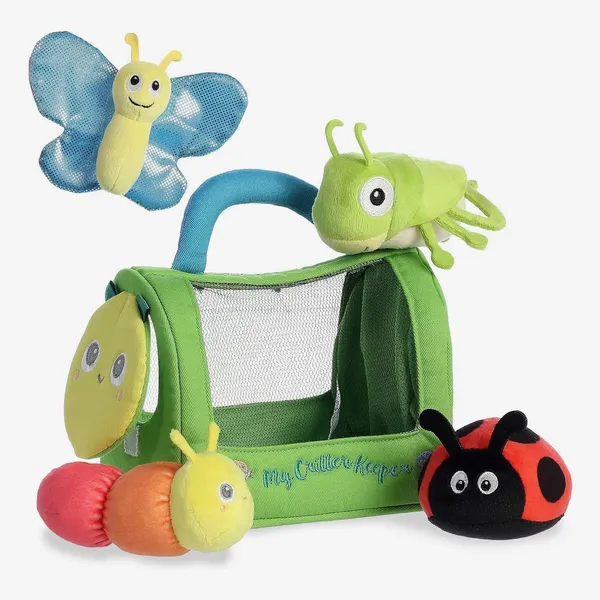Choosing the right toys for toddlers can be both exciting and overwhelming. With so many options available in today’s market, selecting the best toys that foster creativity and learning is essential. Unique toddler toys stand out for their ability to engage young minds while providing fun and enjoyment. These toys are designed with creativity in mind, promoting exploration, skill development, and imaginative play. This article will explore the benefits of unique toddler toys, popular categories, recommendations, and tips for maximizing playtime.
Benefits of Creative Play for Toddlers
Creative play is essential for toddlers’ growth and development. It provides them with opportunities to explore, imagine, and learn actively. Engaging in creative play helps toddlers build vital skills, including cognitive, social, and emotional skills.
Enhances Problem-Solving Skills
Creative play encourages toddlers to think critically and solve problems. Toys like building blocks help them learn trial and error methods. As they explore different solutions, they develop reasoning abilities and adaptability.
Boosts Imagination and Creativity
When toddlers play with unique toys like pretend play sets, they expand their imagination. Acting out scenarios allows them to creatively express ideas and emotions.
Promotes Social Interaction
Group-based creative play fosters teamwork and communication. It teaches toddlers to share, take turns, and build relationships with others. Playing together builds social confidence and cooperation.
Supports Emotional Health
Creative play allows toddlers to express their feelings in constructive ways. Artistic toys or sensory activities can calm them and teach self-regulation. It helps them understand and manage emotions positively.
Develops Motor Skills
Manipulating unique toddler toys strengthens both fine and gross motor skills. Activities like crafting or stacking teach precise hand movements. Outdoor exploration toys improve coordination and physical activity.
Creative play also fuels curiosity and a lifelong love for learning. With the right toys, toddlers gain the tools they need for healthy development.
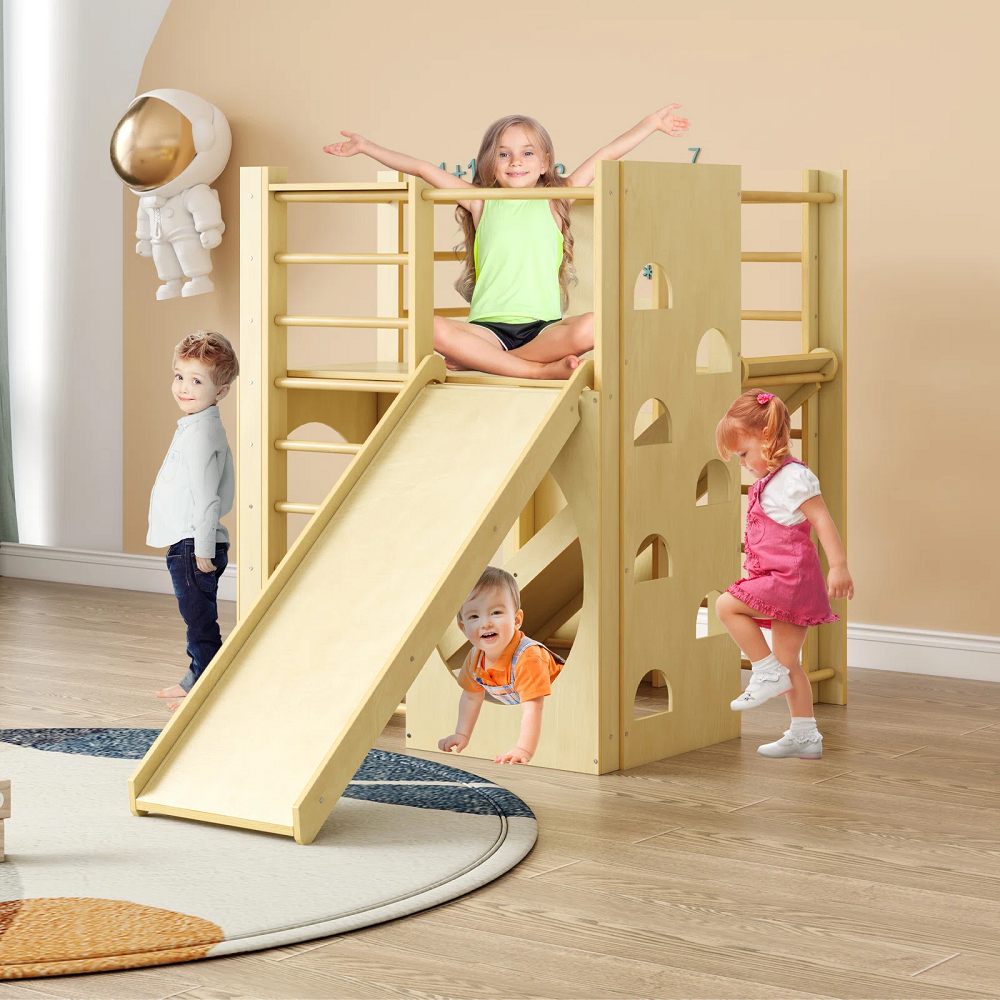
Characteristics of Unique Toddler Toys
Unique toddler toys are designed to engage and inspire young minds. They stand out from regular toys in several important ways:
Encourages Imagination and Creativity
Unique toys let toddlers explore and imagine. They inspire role-playing and creative thinking. Pretend play sets, for example, help children act out stories and scenarios.
High-Quality Materials for Durability
These toys are crafted from durable and safe materials. Wooden toys or high-grade plastic ensure long-term use and safety.
Promotes Learning Through Play
Unique toddler toys include educational elements. For example, puzzles and building blocks introduce problem-solving and math concepts.
Multi-Sensory Engagement
They stimulate multiple senses. Toys with textures, sounds, or bright colors make play more engaging.
Supports Skill Development
These toys develop fine and gross motor skills. Activities like stacking or balancing enhance precision and coordination.
Interactive and Social Play
Unique toys often encourage group play. Games or sets designed for sharing build social skills and teamwork.
Sustainable and Non-Toxic Designs
Eco-friendly materials, such as bamboo or organic cotton, prioritize toddler safety and environmental care.
Unique toddler toys go beyond entertainment; they provide meaningful experiences fostering development and creativity.
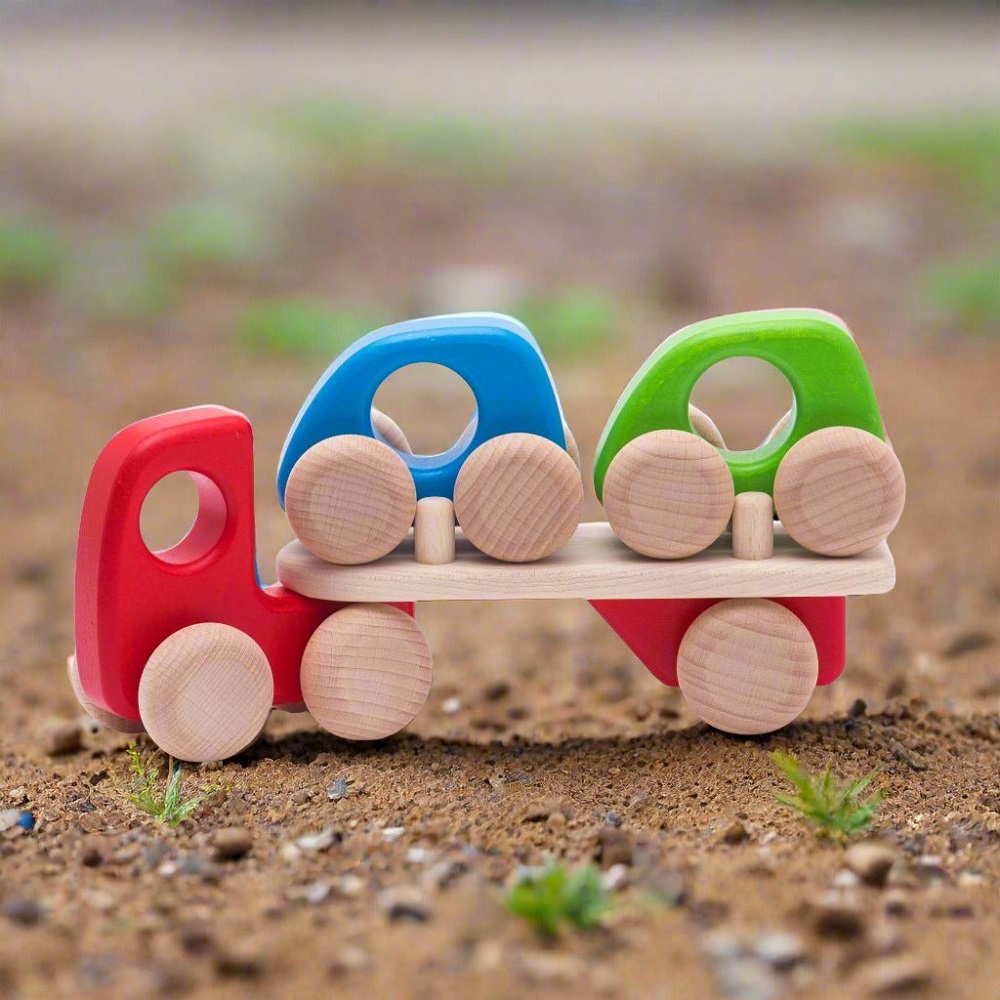
Best Materials for Toddler-Friendly Toys
Choosing the best materials for toddler-friendly toys ensures safety and durability. Young children explore the world by touching, chewing, and playing enthusiastically. Using high-quality materials is essential for creating safe, unique toddler toys. Let’s explore some of the best options:
1. Wood
Wooden toys are durable and non-toxic. They provide a natural feel for little hands. Many are free from harmful chemicals, making them safe to chew. These toys also support sustainability and are eco-friendly.
2. Silicone
Silicone is soft, flexible, and easy to clean. It is often used in teething toys. Silicone toys are non-toxic and free from BPA and other harmful substances.
3. Organic Cotton
Organic cotton is safe for fabric toys like dolls or plush animals. It’s soft, chemical-free, and great for sensitive skin.
4. High-Quality Plastic
High-grade, BPA-free plastic is another safe choice. It’s lightweight, durable, and easy to sanitize. Ensure the plastic meets safety standards and doesn’t contain phthalates.
5. Felt
Felt made from natural fibers is great for crafting and imaginative play. It’s soft, lightweight, and offers endless creative possibilities.
6. Bamboo
Bamboo is an eco-friendly material perfect for sustainable toy options. It’s sturdy, lightweight, and biodegradable, making it a great choice for environmentally conscious parents.
7. Natural Rubber
Natural rubber is soft, safe, and ideal for teething toys. It’s free from harmful chemicals and offers durability.
Understanding these materials ensures parents select unique toddler toys that are both engaging and safe. Choosing responsibly crafted toys supports a child’s development and the planet’s well-being.
Top Categories of Unique Toddler Toys
Unique toddler toys cater to different aspects of a child’s growth. They encourage learning, creativity, and exploration. Let’s look at the best categories that spark curiosity and development.
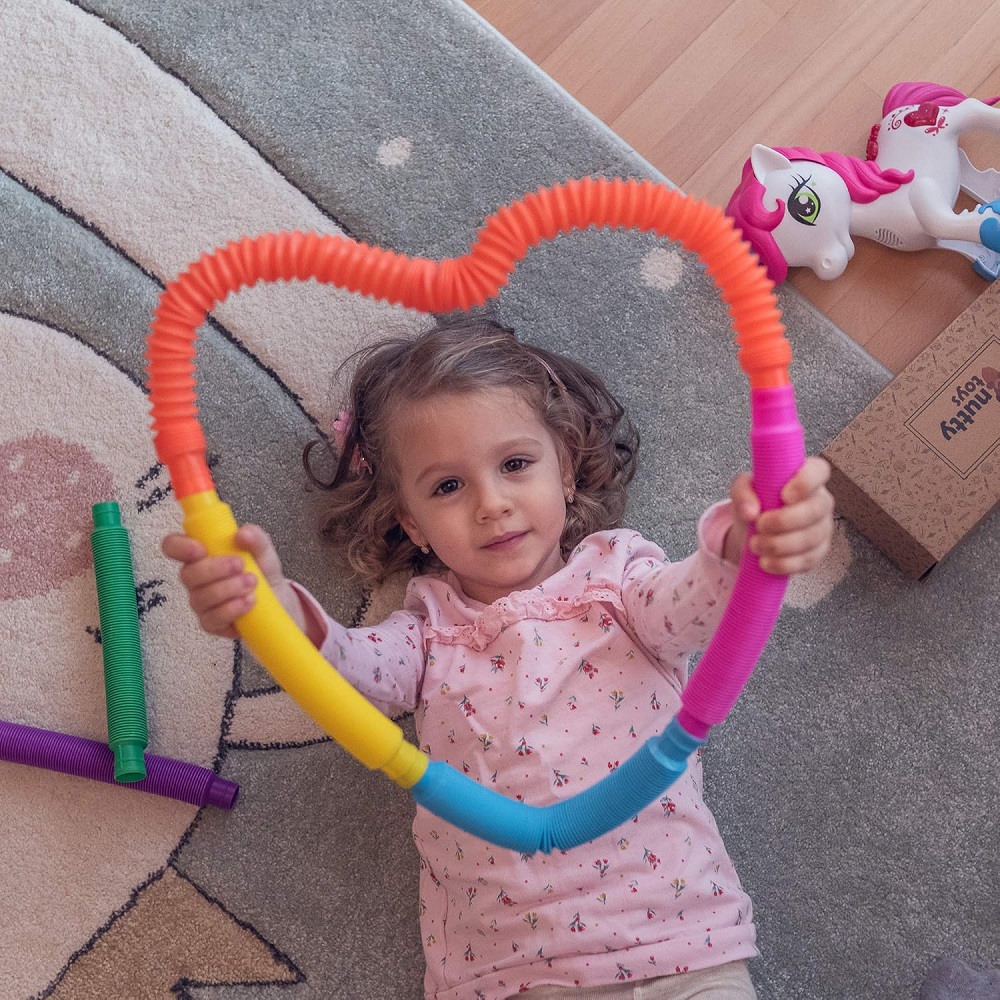
Educational Toys for Early Learning
Educational toys help children learn while they play. They introduce concepts such as numbers, letters, and shapes. Examples include:
- Puzzles: Improve problem-solving and spatial awareness skills.
- Building blocks: Teach math, patterns, and motor coordination.
- Interactive books: Encourage reading and language development.
These toys make learning exciting and engaging for toddlers. They also build a solid foundation for future skills.
Artistic and Craft Toys for Creativity
Artistic toys let toddlers express themselves creatively. They nurture imagination and fine motor skills. Examples are:
- Coloring kits: Explore colors and encourage drawing or painting.
- Clay or dough sets: Stimulate sensory play and sculpting ideas.
- DIY craft kits: Promote creative project-making and hand coordination.
With craft toys, toddlers can create and explore their own ideas freely.
Sensory Toys for Development
Sensory toys engage a child’s touch, sight, sound, or smell. They support sensory awareness and growth. Popular picks include:
- Fidget toys: Build focus and relieve stress.
- Textured balls: Enhance tactile exploration.
- Sensory bins: Offer themed multisensory interaction.
These toys are especially helpful for cognitive and emotional development. They also support relaxation and focus.
Nature-Inspired Toys for Outdoor Exploration
Nature-inspired toys connect children with the environment. They encourage outdoor play and exploration. Some great options are:
- Gardening sets: Teach planting and care for nature.
- Bug-catching kits: Spark curiosity about insects and ecosystems.
- Outdoor exploration kits: Include tools like binoculars or compasses.
These toys help toddlers appreciate nature while being active and curious.
Selecting unique toddler toys in these categories ensures balanced development. Each type serves as a building block for lifelong learning.
How to Choose Safe and Engaging Toddler Toys
Choosing safe and engaging toddler toys ensures both fun and healthy development. With so many options available, it’s important to make thoughtful decisions. Here are key factors to consider:
Safety First
- Non-toxic materials: Opt for toys free from BPA, lead, and harmful chemicals.
- Proper size: Avoid small parts that can be a choking hazard.
- Rounded edges: Ensure toys are smooth and free of sharp edges.
- Certification: Check for safety standards like ASTM or EN71 compliance.
Age-Appropriate Design
- Skill-based match: Select toys suited for the developmental stage of your toddler.
- Simple functions: Avoid overly complex toys that may frustrate younger children.
- Growth opportunities: Choose toys that challenge their abilities without overwhelming them.
Engaging Features
- Multi-sensory stimulation: Go for toys with textures, sounds, or bright colors.
- Interactive play: Pick items that encourage participation and shared play.
- Imagination-building: Opt for toys like pretend play sets or craft kits.
Durability and Quality
- Long-lasting materials: Choose strong, durable toys made from wood or high-grade plastic.
- Easy maintenance: Look for toys that are washable and hassle-free to clean.
Sustainability and Eco-Friendly Choices
- Natural materials: Consider toys made from bamboo, organic cotton, or natural rubber.
- Reusable packaging: Opt for brands focusing on minimal or eco-conscious wrapping.
Following these tips ensures parents can pick unique toddler toys that are both engaging and safe. Thoughtful choices support a child’s development while protecting them.
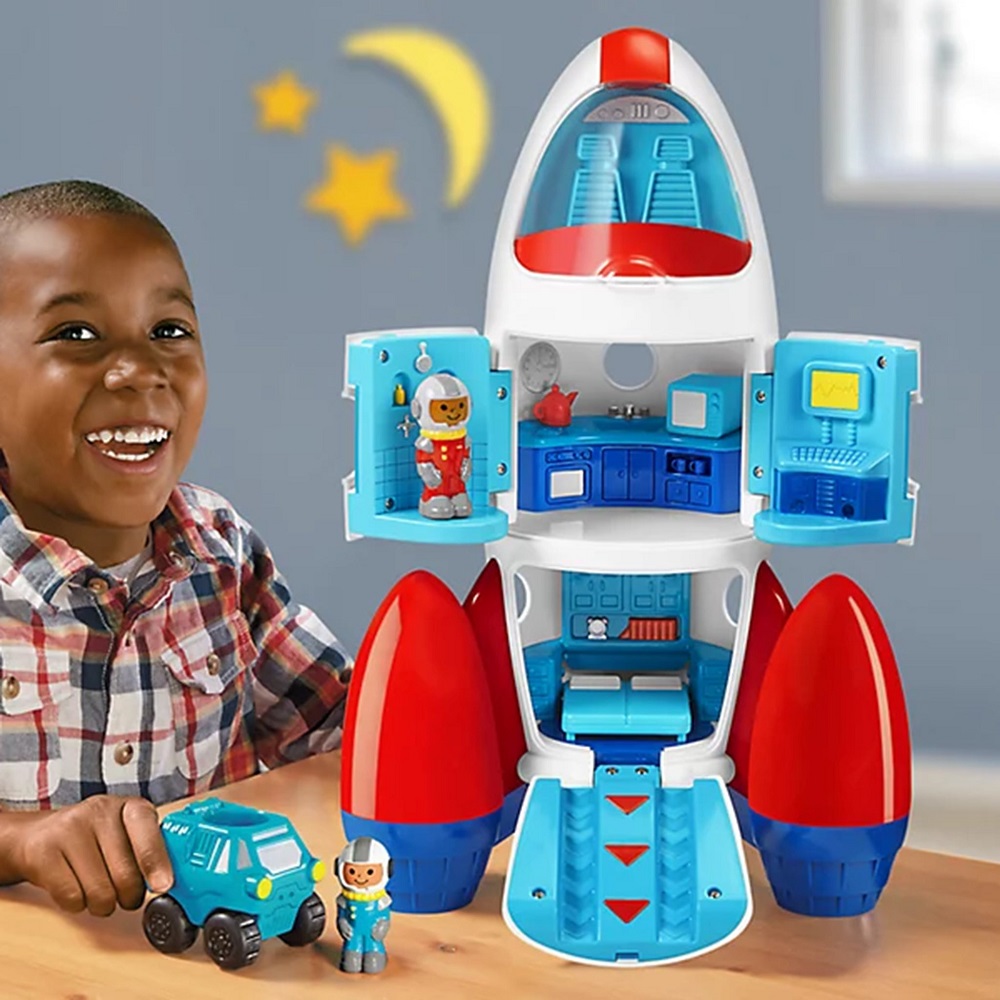
DIY Toddler Toys for Personalized Play
Creating DIY toddler toys is a creative and fun way to engage kids. These homemade toys allow parents to customize play experiences, balancing safety, functionality, and creativity. Let’s explore some ideas to inspire personalized play for toddlers.
Homemade Sensory Toys
Sensory toys stimulate toddlers’ senses and support development. Some simple options include:
- Sensory bottles: Fill plastic bottles with glitter, beads, or colored water for visual stimulation.
- Textured mats: Use fabric scraps or foam sheets for touch-based exploration.
- DIY play dough: Create safe, non-toxic play dough with household ingredients like flour and salt.
Artistic Toys Using Everyday Items
Crafting artistic toys lets toddlers express themselves. Ideas include:
- Coloring boards: Reuse a cardboard sheet for drawing or painting activities.
- Paper puppets: Make fun characters using sticks and colored paper.
- Homemade stamps: Carve shapes on potatoes or sponge for stamping fun.
Interactive Learning Toys
DIY toys can make learning fun at home:
- Letter blocks: Create alphabet blocks using wooden cubes and markers.
- Shape puzzles: Cut shapes from sturdy cardboard for matching games.
- Counting tubes: Use toilet paper rolls to teach counting with small objects.
Nature-Based Toys
Outdoor-inspired DIY toys encourage exploration:
- Planting kits: Create a gardening set with small pots, seeds, and soil.
- Nature collages: Collect leaves, flowers, and twigs for creative art projects.
- Bug finders: Assemble magnifying glasses and jars for insect discovery.
Safety Tips for DIY Toys
While making homemade toys, ensure:
- Non-toxic materials: Only use safe, child-friendly supplies.
- Proper size: Avoid small items that could fit in a toddler’s mouth.
- Sturdy design: Ensure toys don’t break easily during play.
DIY toddler toys foster creativity, learning, and bonding. They’re a cost-effective and personal alternative to store-bought options, keeping play fun and tailored to your child’s needs.
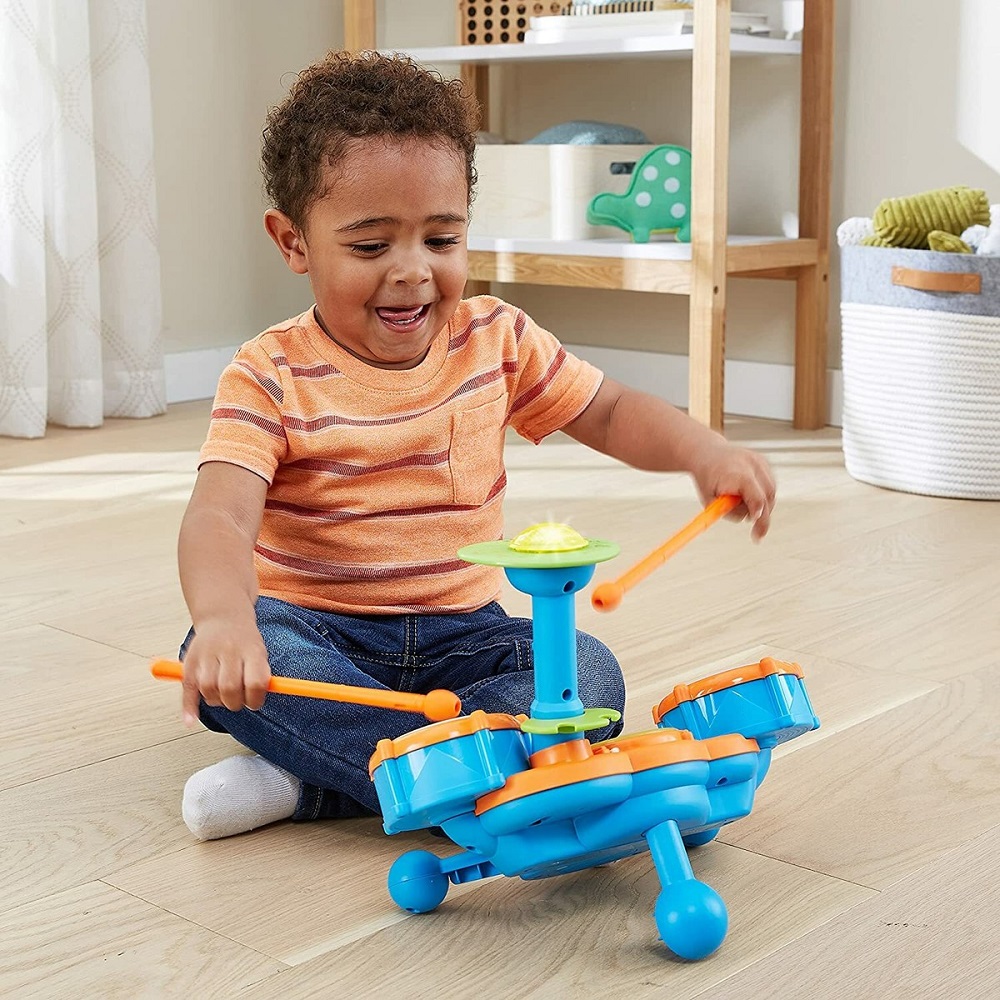
Gift Ideas: Unique Toys for Special Occasions
Unique toddler toys make perfect gifts for birthdays, holidays, or other celebrations. Choosing the right toy ensures fun and supports development. Below are some thoughtful gift ideas for special occasions:
Educational Toys for Learning and Growth
Educational toys are both fun and enriching. Some great options include:
- Shape sorters: Help toddlers learn colors, shapes, and coordination.
- Interactive books: Encourage early reading and language skills.
- Building sets: Promote problem-solving and motor development.
These toys excite toddlers while laying the foundation for important skills.
Creative Toys for Artistic Expression
Artistic toys make wonderful gifts that spark imagination. Ideas include:
- Coloring kits: Inspire creativity with crayons, markers, and art paper.
- Dough sets: Allow toddlers to mold fun shapes and explore textures.
- Craft kits: Teach hands-on creativity through simple projects.
Creative toys let toddlers express themselves freely and explore new ideas.
Sensory Toys for Playful Exploration
Sensory toys engage touch, sight, and sound for stimulating play. Great picks are:
- Textured blocks: Support tactile exploration and fine motor skills.
- Light and sound toys: Create engaging multisensory experiences.
- Busy boards: Offer various activities for focus and discovery.
These toys make learning fun and enhance sensory awareness.
Outdoor Toys for Active Fun
Nature-inspired toys encourage outdoor play and adventure. Perfect choices include:
- Gardening kits: Teach toddlers about plants and responsibility.
- Exploration sets: Include tools like magnifying glasses or binoculars.
- Sand or water toys: Bring joy to outdoor play sessions.
Outdoor toys help toddlers stay active while connecting with nature.
Personalized DIY Gifts for a Special Touch
Homemade gifts can make celebrations extra special. Consider these ideas:
- Name puzzles: Craft a fun puzzle featuring the toddler’s name.
- Memory scrapbooks: Create a playful book using photos and craft supplies.
- Handmade plush toys: Sew soft toys with safe materials.
DIY gifts add a personal and heartfelt touch to any occasion.
Whether it’s a birthday or holiday, these unique toddler toys bring joy and support a child’s development.
Conclusion
Unique toddler toys offer an incredible opportunity for creative learning and fun. Their ability to promote physical, cognitive, and social development is invaluable during early childhood. By choosing the right toys, you can nurture your toddler’s creativity, enhance problem-solving skills, and create memorable experiences.
Integrating these toys into daily play can enrich your child’s environment, encouraging exploration and engagement. As you consider various options, examine how they align with your child’s interests and developmental needs.
In addition, prioritizing safety and making informed decisions is vital for a positive play experience. By maintaining and organizing their toys, you help create a space where your child feels comfortable and inspired. Ultimately, the right combination of unique toddler toys can foster joy and learning, setting the foundation for a bright and engaged future.
